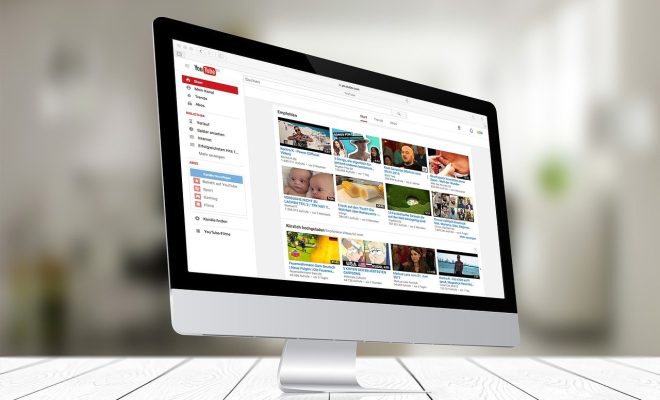If an Education App Doesn’t Include Differentiated Instruction, Don’t Purchase It

The concept of differentiation is easy: instructional materials and strategies should be geared to the needs and interests of each individual learner; they should not be targeted to the “average” learner. After all, no learner is perfectly average. And every learner in the room—not just those who approach some mythical average—deserves materials targeted to their needs. Although differentiated instruction might have seemed like an impossible task a few decades ago, education technology tools make it a tangible possibility.
Developments in data analytics and the ability to make personalized “playlists” so that learners can engage in the learning activities that will be beneficial to them make it possible to differentiate and personalize instruction, even in large classes. The learning curve for educators who will need to fundamentally rethink their approach to instruction might be steep. Still, the benefits are pronounced: differentiation is a key to learner success, and there are proven benefits to differentiation.
All of this leads to an easy conclusion: if a digital learning education app or tool doesn’t offer differentiated instruction, don’t purchase it. There are no technical obstacles to differentiation, which means that if an education technology education app or tool isn’t offering it, you should choose another education app or tool. Because the technological capacity exists and because we know that differentiation benefits learners, this is a non-negotiable. And an education app or tool that doesn’t differentiate must be revised.
There are essentially two ways to think about differentiation. The first way is group-based, and the second is individually-focused. Group-based differentiation would refer to a learning product designed with the needs of English language Learners, minority learners, special education learners, and other special populations in mind. The digital learning app should meet the needs of these groups.
The second way to think about differentiation is individually-focused. This means that the performance of each individual learner is assessed so that the digital learning app can adapt to the specific deficits, strengths, and interests of that learner. An app or tool that meets this requirement will not have the same learning path for every learner; rather, it will assess learners frequently and then provide them with what they need to progress at a pace and in a manner appropriate for their needs. Again, these things are technically possible, and they are necessary for gold-standard teaching.
So if your education technology product doesn’t provide differentiation, it’s time to rethink your strategy.






